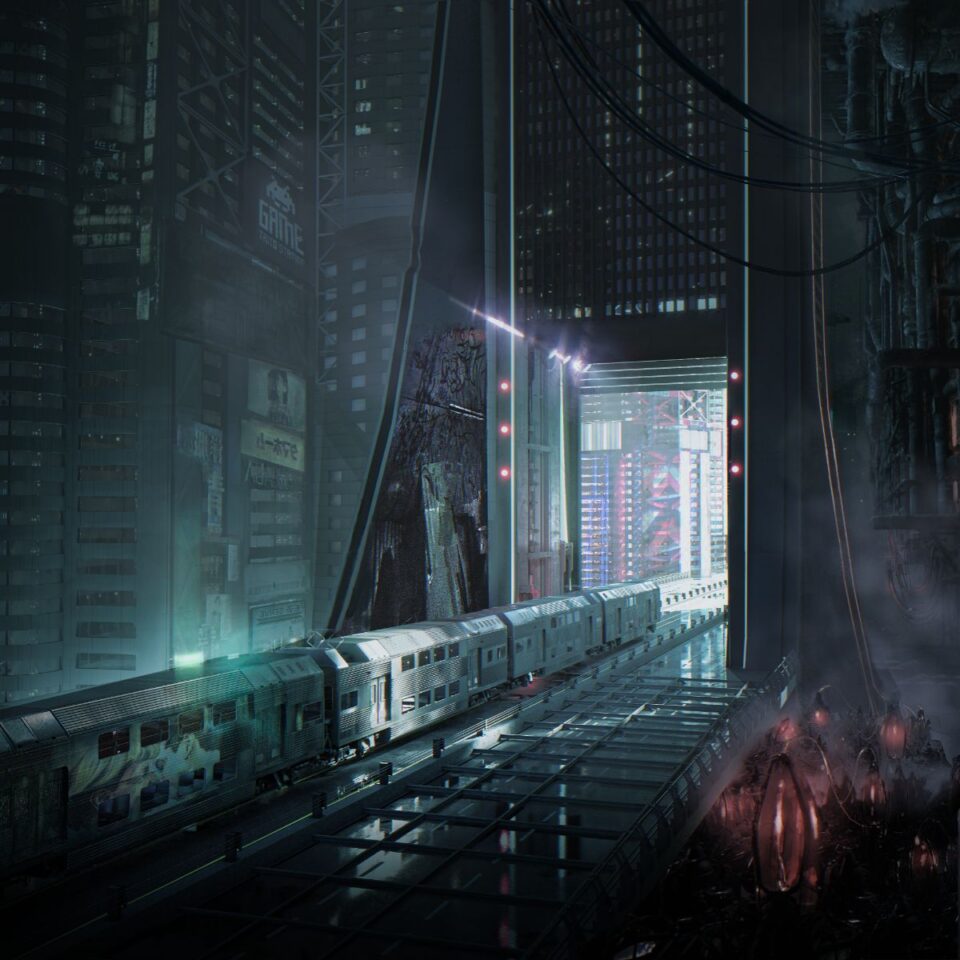The days of colossal NFT drops are numbered. And, in light of the [hopefully mini] bear market we are experiencing in crypto, they may never make a comeback. But that doesn’t mean that this incredible technology is going anywhere. And right now is the calm before the storm – the perfect time for brands to explore NFTs.
NFTs are all the rage, and everyone wants to launch one. But rushing into an NFT release can hurt a brand’s reputation and alienate customers and fans. So being thoughtful about how and why your brand wants to get into NFTs is a crucial place to start.
How Traditional Brands Can Start Exploring NFTs
There are so many exciting opportunities in NFTs and web3 right now. And every day, new users join the space – including existing customers and fans of brands. For brands thinking about getting into the space, here are some things to consider:
What Are Your Goals?
Before you do anything, the first question you need to ask yourself is what you want to use NFTs for? Will they simply be digital collectibles? Do you want them connected to physical products? Do you want them to provide your customers with access to events? Exclusive sales? Do you want to give your customers voting rights? Figure out what you want the experience of your brand’s NFT to look like for your customers before you start to build.
Preparing Your Customers for the Web3 Experience
Every customer that you onboard needs a wallet. Unique to web3, a wallet represents a new way of logging into a secure site. A wallet allows users to perform secure transactions once on a site. But the wallet is still a foreign concept to many people, so getting your customer set one up is the first challenge you’ll need to consider if you’re going to launch an NFT. Otherwise, there is no way for them to purchase, accept and store their NFT.
Some companies are trying to make this process as simple as possible by setting up custodial wallets. A custodial wallet is a wallet in which the users’ private keys are held by a third party (in this case, the brand). The problem with custodial wallets is that if you plan to have an NFT with benefits (access, physical products, etc.), your customers will have to contact you each time they need access to their NFT.
In the long-run custodial wallets are not a great solution for brands. Instead, many brands are thinking about how they can provide educational material to help guide their customers into setting up a self-custody wallet. A self-custody wallet gives users complete control of their digital assets, making it easy to access them at any time. Building this educational material [and customer support to go along with it] appears to be the best route at the moment.
Consider the Chain You Plan to Build on
Building on the right chain is essential to consider when entering into NFTs. With recent crashes in chains like Luna and Celsius, understanding what you are building on is critical. For brands, this means looking at chains that have the potential to be operational [and thriving] in the long term. Ethereum is a Tier 1 chain, which means that it will be the safest bet (keeping in mind the overall volatility of crypto, of course).
However, Ethereum is expensive and slower than its newer Tier 2 chains. And while Tier 2 chains come with more risk, some show the promise of sticking around for the long haul. Polygon (MATIC) is high up on this list. Because energy consumption is a big part of the conversation, chains like Polygon are great for brands to consider. And with the chain’s “green manifesto” – a commitment to make a greener, more sustainable crypto – Polygon is gaining the attention of investors everywhere. Polygon is poised to still be around long-term, so brands can plan to build experiences on it in the future.
OIX is built on Ethereum and Polygon because we believe that these chains will continue to thrive in the future.
Building Communities Around Your NFTs
The future of NFTs is not just a bunch of silly cartoon jpegs – it’s all about community. Every NFT offers the creator(s) a unique way to build community. For brands, this means finding fun ways to engage with your customers. Brands like McDonald’s, Nike and Coca-Cola are using NFTs as a way to get fans engaged with digital versions of already nostalgic products – but in digital form. And customers love it!
And even if these companies haven’t quite figured out what the long-term utility will be behind these NFTs, holders are having fun knowing that they have the first [of many] digital collectibles from some of the most iconic brands in the world. That in and of itself may be pretty valuable in the future.
Conclusion
Right now, there’s an opportunity for brands to do a deep dive into their customer base. A good place to start is with a demographic and psychographic exploration of your customer base. For consumer brands that value innovation and a visual aesthetic, NFTs are probably right up your alley.
But definitely do your research. Is this something your customer is interested in right now? If not, maybe NFTs aren’t suitable for you at the moment. If it is, start thinking about how you might develop educational pieces, community and what chain(s) make sense for you to build on. Once you have this information, you can start planning the fun stuff!
Join the OIX Community on Discord Now!!











